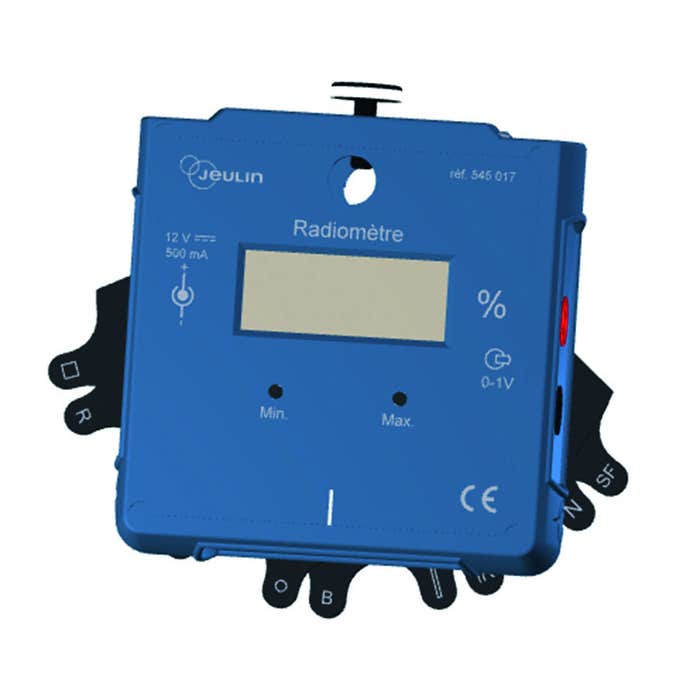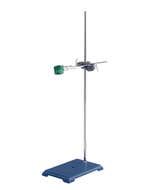Kit Albedo and Global Warming
Topics covered:
- Measuring the Earth's albedo in an analogical way
- Explaining the principle of operation of a satellite and its usefulness in measuring the global climate
- Measuring the influence of ice melting, vegetation... on the albedo
- Identifying the spectral signature of different materials
Principles and objectives:
The radiometer equipped with a photodiode and 4 filters is a device for analyzing the light flux reflected by an object. This object placed under the radiometer and illuminated by a source (sun, halogen source...) reflects light whose spectrum is modified.
Lab 1: A student hypothesizes that deforestation worsens global warming by exposing bare rock. The objective is to measure the light flux (albedo) reflected by vegetation cover (tree leaves) and by a mineral surface (bare soil, sand) to demonstrate that albedo decreases due to forests, which have a positive impact on the climate.
Lab 2: You can also use light reflection as a diagnostic tool. The goal is to identify the spectral signature of different materials using different wavelengths (filters): vegetation, bare soil, sand, water, ice. This experiment helps to relate to albedo, the functioning of a satellite image, and the climate.
Comments:
The radiometer includes a measurement device that makes it usable independently, but you can also acquire data with an ExAO console and analyze the data on a computer. The radiometer is relatively easy to calibrate, but be cautious of the room's lighting, flickering neon lights, and natural outdoor light, as they can affect calibration and measurements.
Composition:
Radiometer, 4 glass Petri dishes, mounting stand
| Thématique TP | Biologie |







